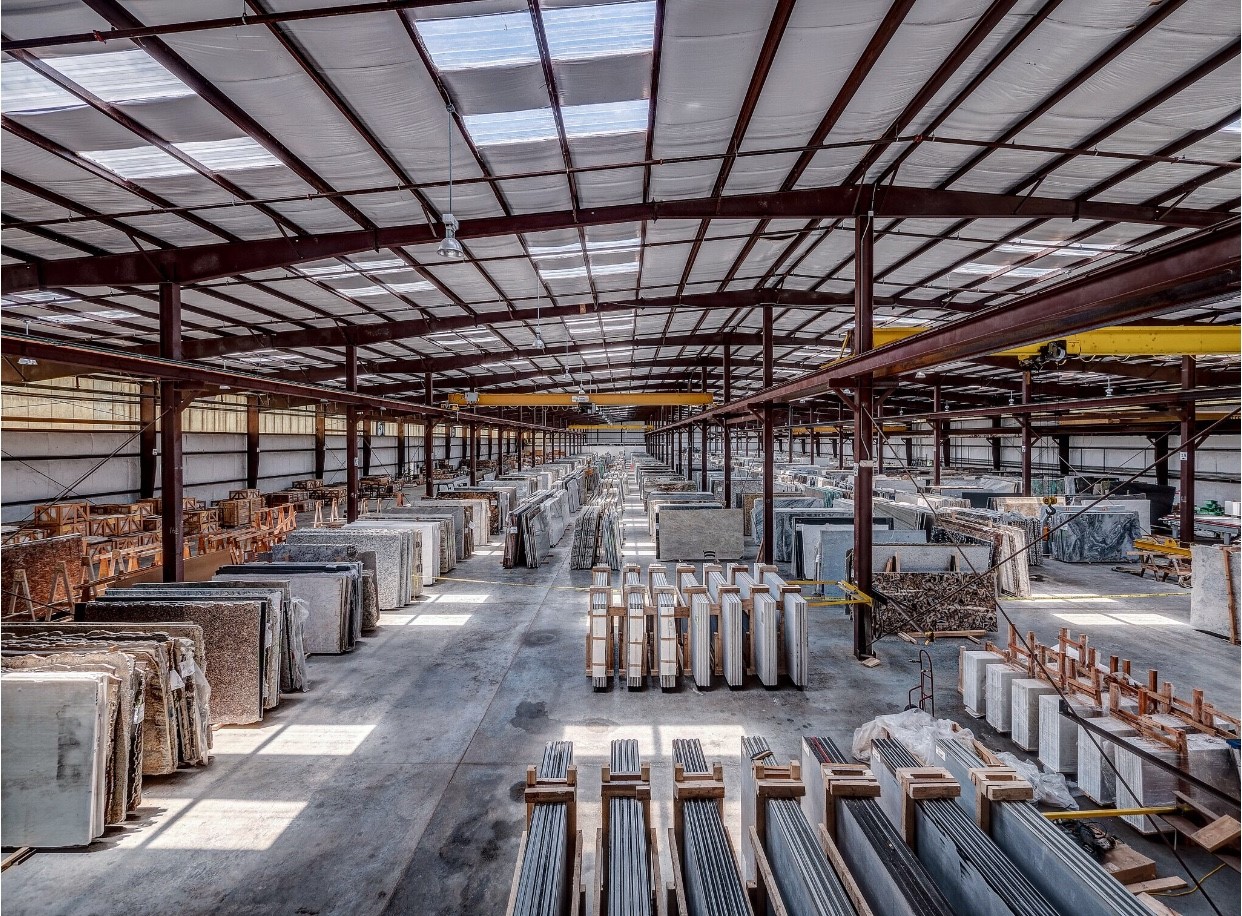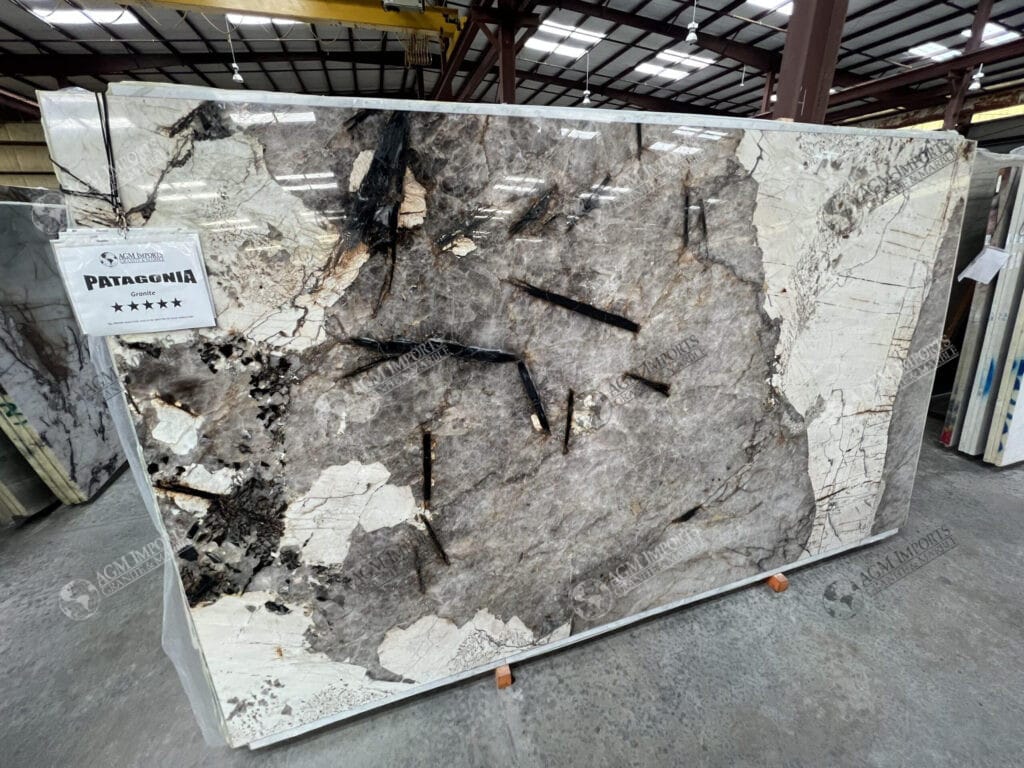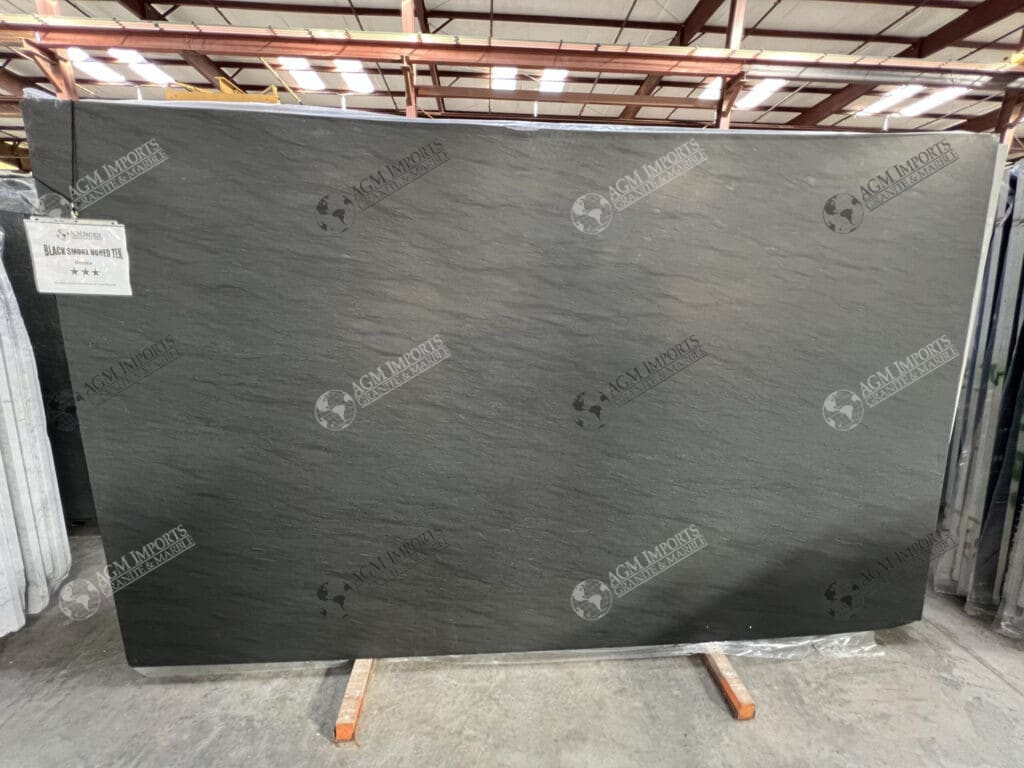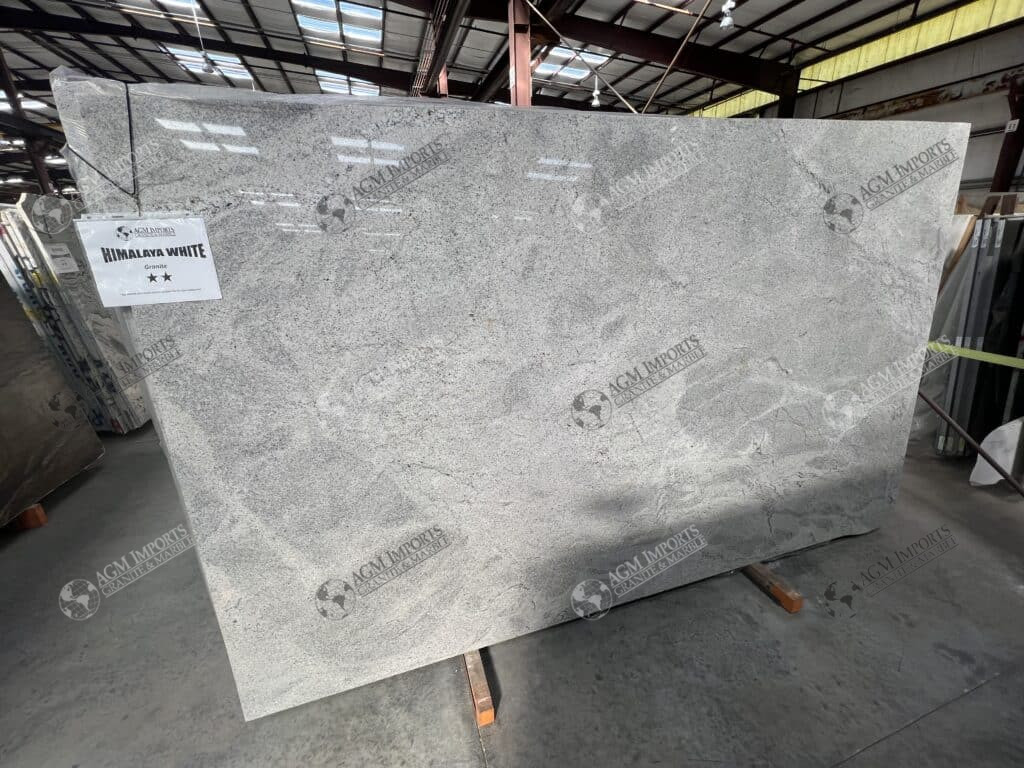
Granite Surfaces: Insight Before You Buy
Granite is an igneous rock that forms when molten magma cools and solidifies. Composed primarily of quartz and feldspar, along with other minerals, each slab of granite is unique. Granite surfaces showcase natural variations in color and pattern, bringing an extraordinary element of elegance to any space.
Benefits of Granite Surfaces
Granite surfaces have stood the test of time and continue to be a top choice for homeowners and designers. They offer an array of benefits stemming from their natural origin and robust composition:
- Durability: Granite is a tough, resilient material, making it resistant to scratches, chips, and cracks.
- Uniqueness: As a natural stone, each slab of granite boasts its unique color and pattern, allowing you to have a one-of-a-kind surface.
- Value Addition: Granite surfaces add a touch of luxury and elegance, thereby increasing the value of your property.
- Heat Resistance: Granite can withstand high temperatures, making it an excellent choice for kitchen countertops.
- Low Maintenance: Despite being a natural stone, granite surfaces require minimal maintenance, especially when sealed properly.



Maintenance of Granite Surfaces
Granite surfaces require some care to maintain their natural beauty. To keep your granite surfaces looking their best, follow these simple tips:
- Clean regularly: Wipe your granite surfaces with a soft cloth and mild soap. Avoid using harsh chemicals or abrasive cleaners.
- Seal periodically: Granite is a porous material and requires sealing to prevent stains and damage. The frequency depends on the type and usage of the surface.
- Protect from heat: Despite granite’s heat resistance, it’s still recommended to use trivets or hot pads with hot pots and pans.
- Address spills promptly: Clean spills immediately to prevent potential staining, especially with acidic substances.
Comparing Granite to Other Countertop Materials
Marble: Marble surfaces are usually characterized by a more uniform background with veins running through it. Also, Marble is generally softer and more porous than granite, making granite a more durable choice in high-use areas such as kitchens.
Quartzite: Quartzite surfaces typically have a more uniform and less “busy” look than granite, often with a smooth, almost glassy appearance, which is due to its high quartz content. While having a more uniform appearance than granite, quartzite is harder and more resistant to scratches, however, it can be susceptible to etching from acidic substances.
Quartz: Quartz surfaces offer a more consistent look, as they are manufactured products. The appearance can be controlled during the manufacturing process, so they can even mimic the look of granite, marble, or other stones.

